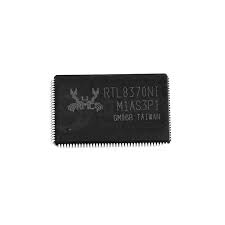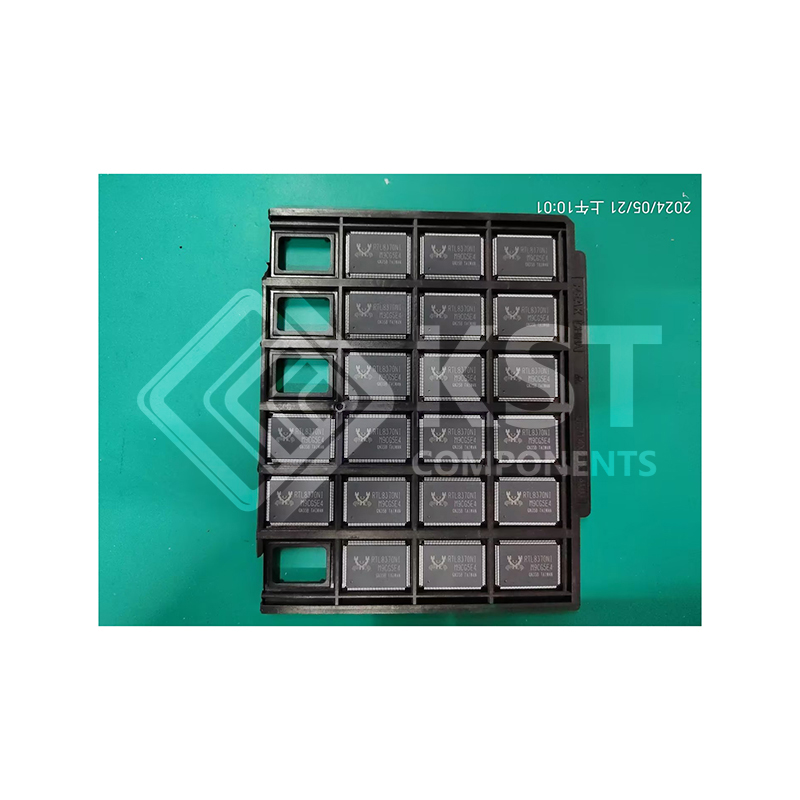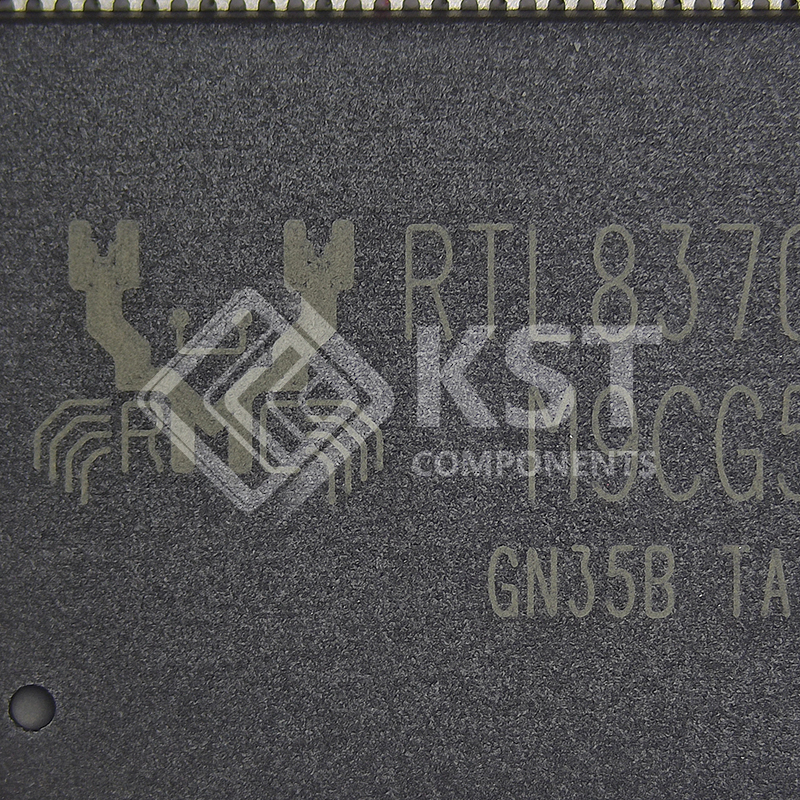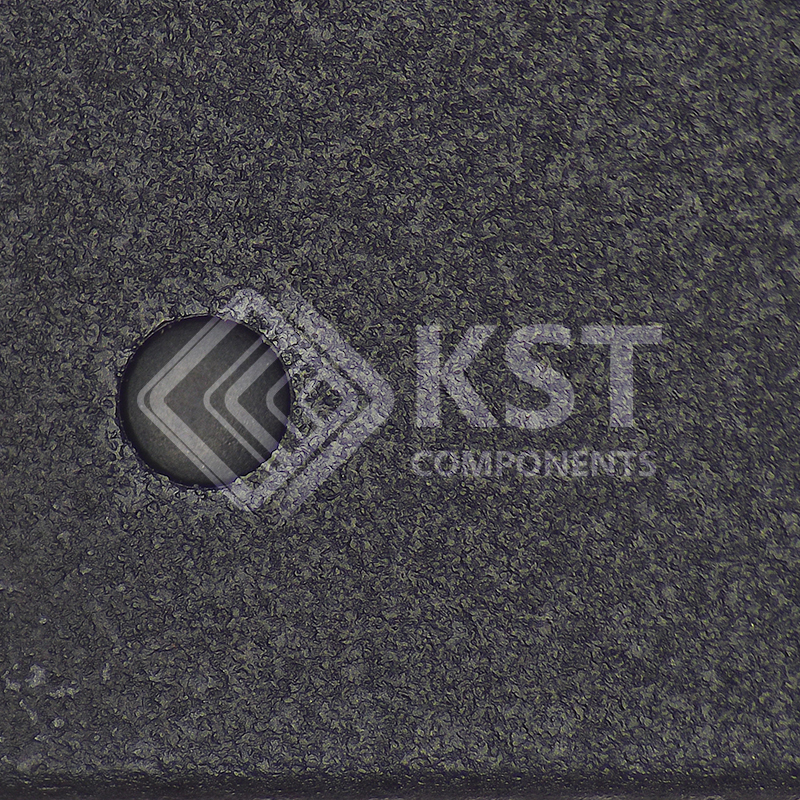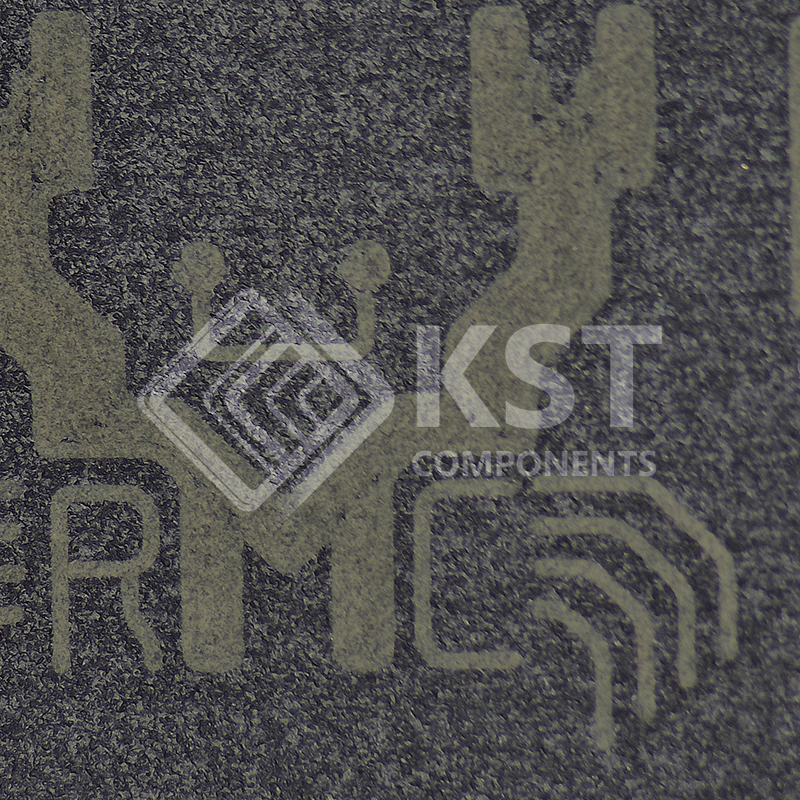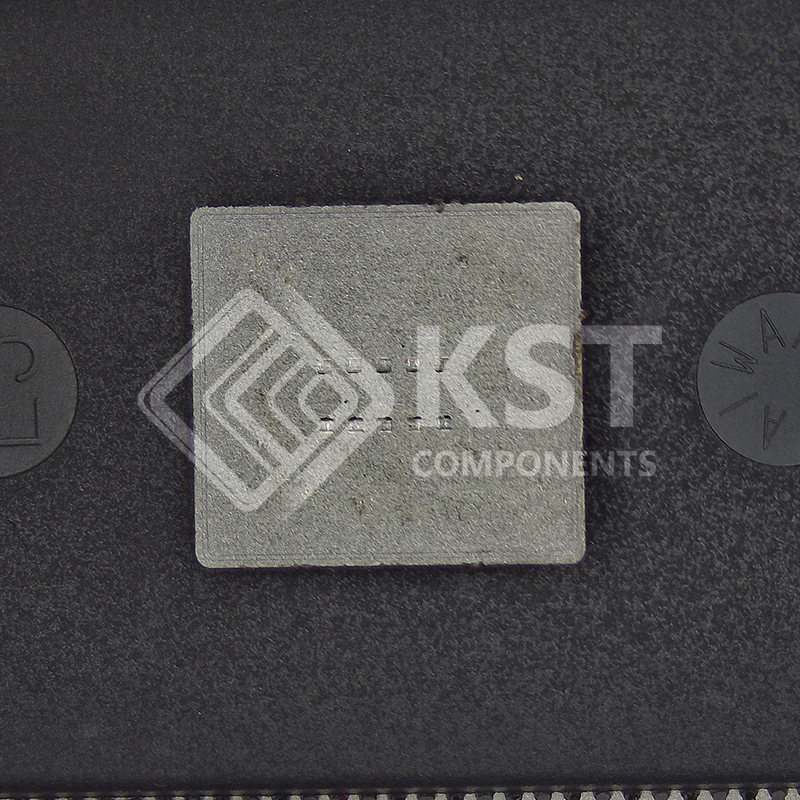Single-chip 8-port gigabit non-blocking
switch architecture
Embedded 8-port 10/100/1000Base-T PHY
Each port supports full duplex
10/100/1000M connectivity (half duplex
only supported in 10/100M mode)
Full-duplex and half-duplex operation with
IEEE 802.3x flow control and backpressure
Supports 9216-byte jumbo packet length
forwarding at wire speed
Supports Realtek Cable Test (RTCT)
function
Supports 96-entry ACL Rules
Search keys support physical port,
Layer2, Layer3, and Layer4 information
Actions support mirror, redirect,
dropping, priority adjustment, traffic
policing, CVLAN decision, and SVLAN
assignment
Supports 5 types of user defined ACL
rule format for 96 ACL rules
Optional per-port enable/disable of ACL
function
Optional setting of per-port action to
take when ACL mismatch
Supports IEEE 802.1Q VLAN
Supports 4096 VLANs and 32 Extra
Enhanced VLANs
Supports Un-tag definition in each
VLAN
Supports VLAN policing and VLAN
forwarding decision
Supports Port-based, Tag-based, and
Protocol-based VLAN
Up to 4 Protocol-based VLAN entries
Supports per-port and per-VLAN egress
VLAN tagging and un-tagging
Supports IVL, SVL, and IVL/SVL
Supports 4096-entry MAC address table
with 4-way hash algorithm, and 64-entry
CAM
Up to 4096 L2/L3 Filtering Database
Supports Spanning Tree port behavior
configuration
IEEE 802.1w Rapid Spanning Tree
IEEE 802.1s Multiple Spanning Tree
with up to 16 Spanning Tree instances
Supports IEEE 802.1x Access Control
Protocol
Port-Based Access Control
MAC-Based Access Control
Guest VLAN
Supports Quality of Service (QoS)
Supports per port Input Bandwidth
Control
Traffic classification based on IEEE
802.1p/Q priority definition, physical
Port, IP DSCP field, ACL definition,
VLAN based priority, MAC based
priority, and SVLAN based priority
Eight Priority Queues per port
Per queue flow control
Min-Max Scheduling
Strict Priority and Weighted Fair Queue
(WFQ) to provide minimum bandwidth
One leaky bucket to constrain the
average packet rate of each queue
Supports rate limiting (64 shared meters,
with 8kpbs granulation)
Supports RFC MIB Counter
MIB-II (RFC 1213)
Ethernet-Like MIB (RFC 3635)
Interface Group MIB (RFC 2863)
RMON (RFC 2819)
Bridge MIB (RFC 1493)
Bridge MIB Extension (RFC 2674)
Supports Stacking VLAN and Port Isolation
with 8 Enhanced Filtering Databases
Supports IEEE 802.1ad Stacking VLAN
Supports 64 SVLANs
Supports 32 L2/IPv4 Multicast mappings
to SVLAN
Supports 4 IEEE 802.3ad Link aggregation
port groups
Supports OAM and EEE LLDP (Energy
Efficient Ethernet Link Layer Discovery
Protocol
Supports Loop Detection
Security Filtering
Disable learning for each port
Disable learning-table aging for each
port
Drop unknown DA for each port
Broadcast/Multicast/Unknown DA storm
control protects system from attack by
hackers
Supports Realtek Green Ethernet features
Link-On Cable Length Power Saving
Link-Down Power Saving
Each port supports 3 parallel LED or scan
LED or serial shift LED outputs
Supports I2C-like Slave interface or Slave
MII Management interface to access
configuration register
Supports 16K-byte EEPROM space for
configuration
Integrated 8051 microprocessor
Supports SPI Flash Interface
25MHz crystal input
RTL8370NI-VB: LQFP 128-pin E-PAD
package



